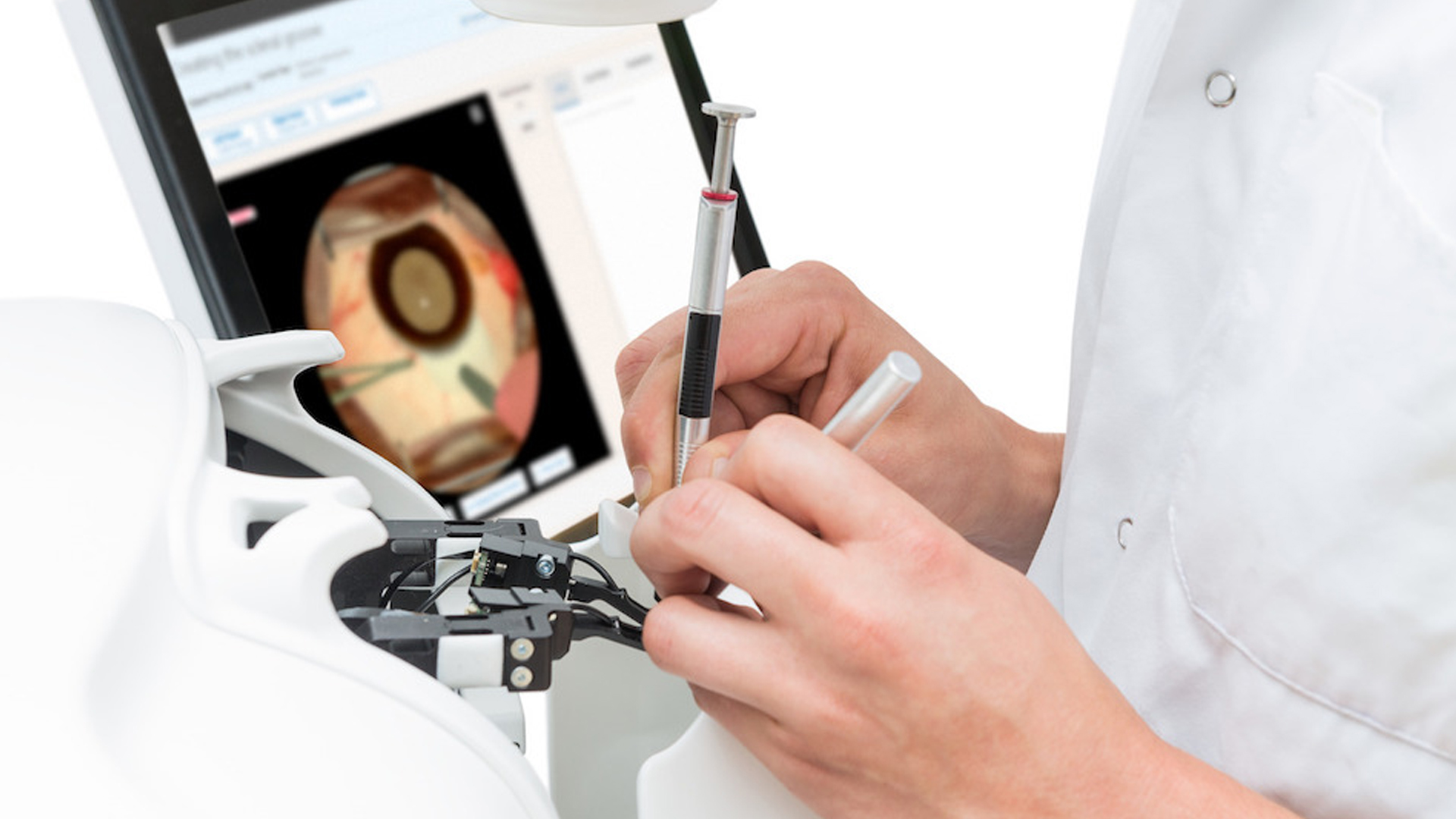Regulations on Medical Devices: What You Need to Know

The regulation of medical devices is complex, especially in a market as big and regulated as the UK. At Bluefrog Design, our role as medical device design consultancy goes beyond design and engineering; we get deep into the regulatory world to ensure compliance and innovation while keeping patients safe. Here’s what every stakeholder in the medical device world needs to know.
Table of Contents
Medical Devices Regulation Overview
Medical devices are a broad range of instruments used not for medication but for diagnosing, monitoring, treating or managing health conditions. The UK’s medical devices regulatory framework is key to ensuring the safety and effectiveness of these devices. In the UK, these devices are regulated by the Medicines and Healthcare products Regulatory Agency (MHRA). This body ensures all medical devices on the market meet high standards of safety, quality and effectiveness. At Bluefrog Design we ensure our designs meet these standards from the outset, we integrate regulatory requirements into the development process to get to market approval as smoothly as possible.
Healthcare Products Regulatory Agency (HPRA)
The HPRA’s role is to regulate medical devices in the UK under the relevant medical devices legislation. UK Approved Bodies play a key part in the conformity assessment process for the UKCA mark, particularly for medical devices, active implantable medical devices and in vitro diagnostic medical devices under the UK MDR 2002. This agency ensures medical devices meet the necessary standards for safety, quality and performance. It involves evaluating clinical data, inspecting manufacturing processes and post market surveillance. We at Bluefrog Design work closely with the HPRA to ensure our designs and resulting products meet these exacting standards.
Medical Device EU Regulations and Great Britain
Although the UK has left the EU, the EU MDR and IVDR still apply to the market, particularly for devices that are sold in both the UK and the EU. The in vitro diagnostic regulation is key to ensuring compliance with EU standards for medical devices, including in vitro diagnostic devices and IVDs. These regulations improve device safety and transparency and ensure traceability throughout a device’s life. We understand these regulations at Bluefrog Design and integrate them into our development process so our designs can be sold not just in the UK but across the EU.
Manufacturers and Suppliers Requirements
All manufacturers who want to sell devices in the UK medical devices market must register with the MHRA. For manufacturers outside the UK, appointing a UK Responsible Person to manage their registration and compliance is obligatory. This person is the link between non-UK manufacturers and the MHRA, ensuring compliance with local regulations. We at Bluefrog Design can help with these processes, we can guide and act as a bridge to the regulatory bodies.
Also, there are specific requirements for active implantable medical devices under the UK regulatory system which must be met, including guidance on compliance and registration.
Importers, Distributors and UKCA Marking
The role of importers and distributors is key, especially in ensuring devices are correctly marked before they are put on the market. In the UK, transitional arrangements and new regulations under the medical devices legislation allow CE-marked medical devices to be placed on the Great Britain market until specific deadlines. The UKCA mark is now mandatory post-Brexit for devices on the market, to ensure they meet the necessary safety standards. We ensure all devices designed by Bluefrog Design are UKCA-ready for our clients.
Labelling for Medical Devices
For devices sold in Northern Ireland, EU labelling still applies. Devices must carry the CE mark and if applicable the UKCA mark, to meet the requirements of both the UK and EU markets. At Bluefrog Design we ensure our product labels meet these dual standards, providing clear compliant labelling solutions that pass regulatory scrutiny.
Post Market Surveillance and Vigilance
For applications requiring flexibility and protection, free-standing enclosures with high IP ratings are crucial. These standalone units can be placed anywhere and are built to resist everything from dust to powerful water jets, safeguarding the sensitive electronics inside regardless of their environment.
Northern Ireland and EU Medical Devices
In Northern Ireland EU regulations still apply. So devices must meet EU standards and carry the CE mark. We at Bluefrog Design are up to date with these requirements so our designs can be sold in Northern Ireland and across EU member states.
Future of Medical Devices Regulation
The medical device regulation landscape is changing, with significant updates to the UK’s medical devices regulatory framework. The EU has proposed reforms to ease some of the burdens on manufacturers. The MHRA is also planning to reform its approach, to work more closely with international regulators and align with EU rules. We at Bluefrog Design keep an eye on these developments so our clients can be prepared and adapt.
View more of our Product Development Services
If you would like to hear more on how we can improve the quality of your products or help with your product development, please contact Bluefrog Design at mail@bluefrogdesign.co.uk
FAQs
What is the size of the UK medical device market?
The UK market is a major player in the global medical device market, worth over €17 billion.
What are medical devices in the UK?
From syringes to complex surgical devices, medical devices cover a wide range of products to meet different health needs.
What is the UK mark for medical devices?
The UKCA mark is the new mark for medical devices in the UK, to show compliance with local regulations.
Ready to get started on a project?
Socials



